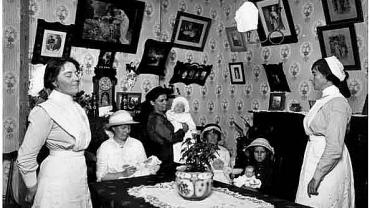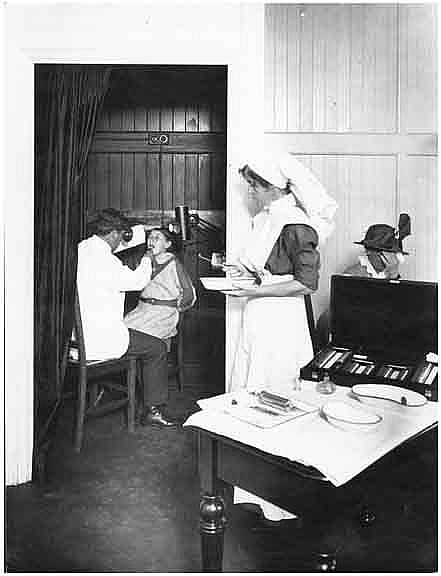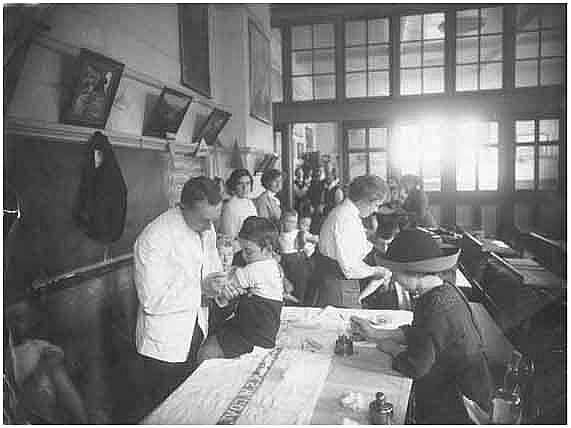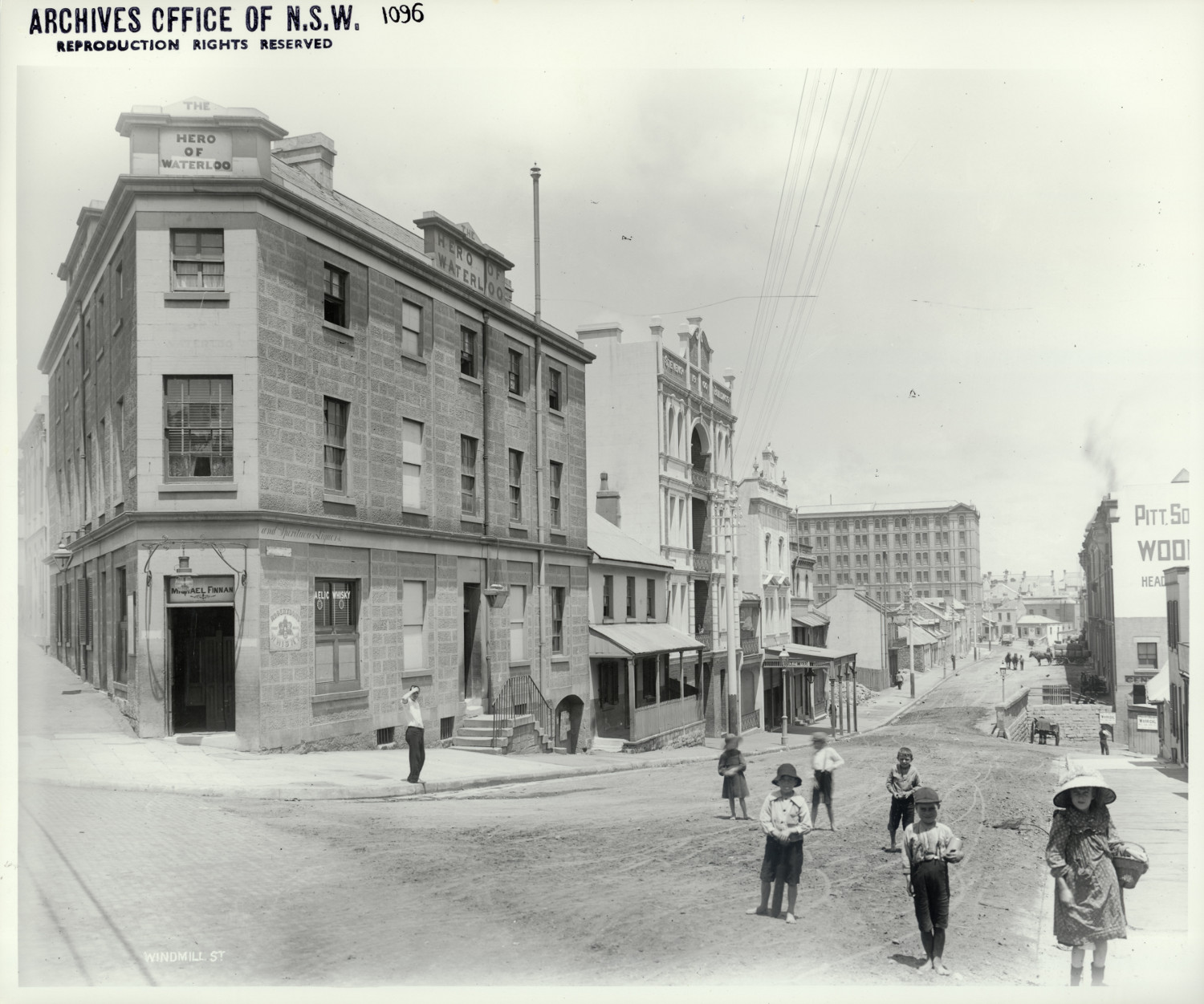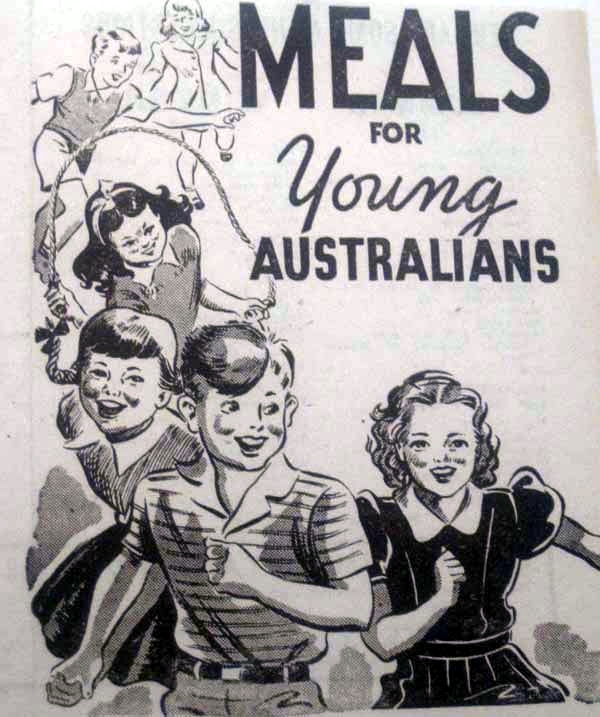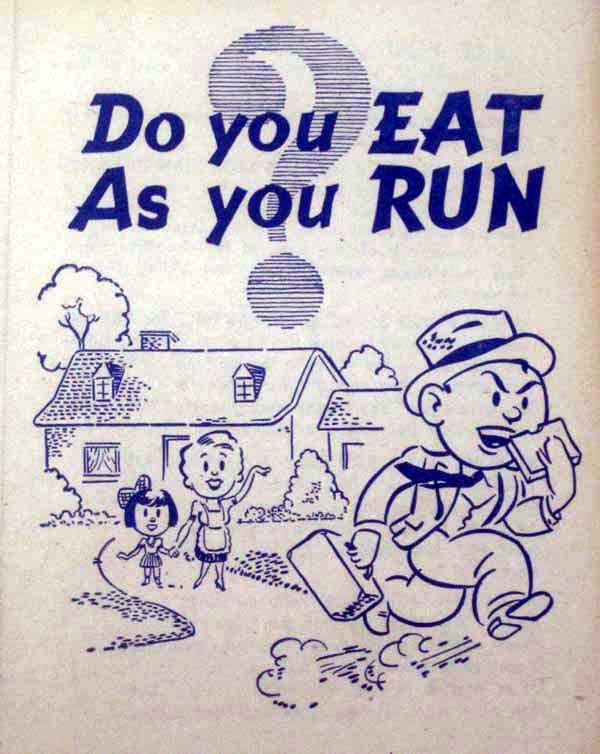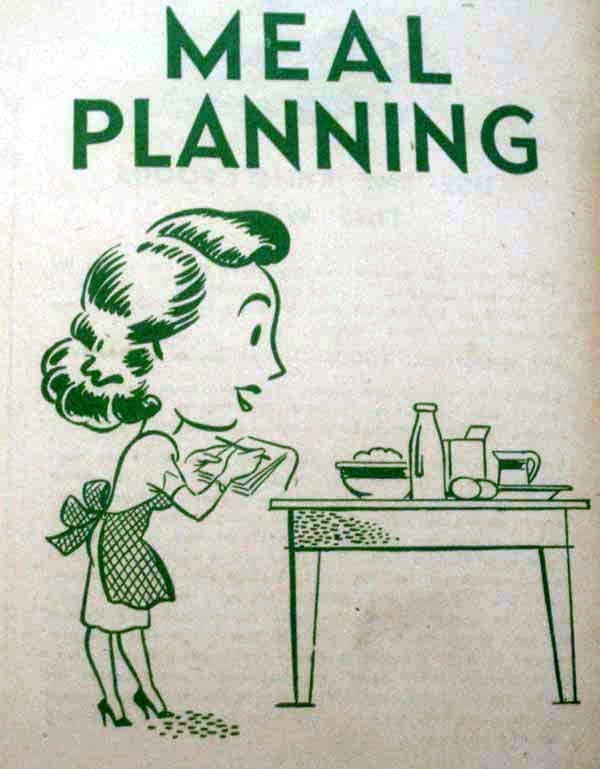Some of the areas of government concern that impinge on the lives of women in the home include the regulation of the matrimonial causes jurisdiction, the care of children, the development of family endowment and the attitude of the legal system of the day to abortion.
Agency Overview
A Collection Search reveals the following agencies that may contain relevant records:
| Agency | Title |
|---|---|
| Agency No. 11 | Department of Attorney General and of Justice (1901- 1984) Attorney-General's Department[I] (1984 -1991) |
| Agency No. 50 | Medical Advisor to the Government, 1848-1904 |
| Agency No. 51 | Office of the Director-General of Public Health, (1913 - 1938) / Department of Public Health [II] (1938 - 1973) |
| Agency No. 55 | Board of Health, 1881-1973 |
| Agency No. 114 | State Children Relief Department, from 1881 |
| Agency No. 413 | Department of Labour and Industry, from 1896 |
| Agency No. 1059 | Matrimonial Causes Division, from 1873 |
| Agency No. 1665 | Department of Health [1], from 1904 |
| Agency No. 1922 | Office of Inspector of Public Charities, 1867-88 |
| Agency No. 2713 | Maternal and Baby Welfare Branch [NSW Dept of Health], 1925-67 |
| Agency No. 5153 | Premier's Office [I], from 1909 |
The issue of 'domestic violence' is not new but there do not appear to be any records that can be readily identified under that heading. Women seeking legal redress against a husband/spouse for domestic violence would probably have appeared as plaintiffs in the legal system.
Divorce
New South Wales was the last Australian colony to implement divorce legislation with the Matrimonial Causes Act, 1873. The Act allowed for the Supreme Court to hear causes, dissolve marriages, authorise judicial separation, or order the restitution of matrimonial rights. The Court was empowered to order the payment of maintenance, decide the custody of children and award costs. NSW became the first state to introduce equality in regard to the grounds of adultery in 1881.
The Act was superseded by the Matrimonial Causes Act 1959, a Commonwealth Act, which came into operation on 1 February 1961. The New South Wales Supreme Court was invested with jurisdiction to hear and determine causes under the Act in New South Wales.
The Matrimonial Causes Act was repealed by the Family Law Act 1975 which commenced in January 1976. It established the Family Court of Australia but other courts, including the New South Wales Supreme Court, could hear matters in respect of custody maintenance, property disputes and could grant injunctions. In addition, the Supreme Court had concurrent jurisdiction in respect of matrimonial causes until the Family Court of Australia became established.
Matrimonial Causes Division of the Supreme Court
A list of record series created by the Matrimonial Causes Division of the Supreme Court is listed under Agency No. 1059 (above). It contains case papers, records relating to decrees nisi and decrees absolute as well as judges notebooks. Some individual divorce cases may also be found in NRS 2714 Daily record of Court attendance and transcription, 1929-59.
Special Bundles
| Series | Title |
|---|---|
| NRS 333 |
Attorney General and Justice
|
| NRS 906 |
Colonial Secretary
|
| NRS 12061 |
Premier's Department
|
Women's health
A Collection Search under the key terms of abortion, contraception and family planning identify only a few records relevant to the area of Women's health. These are listed below and deal only with abortion. The records of the Supreme Court: Criminal Jurisdiction also include many cases relating to abortions that may be relevant.
Special Bundles
| Series | Title |
|---|---|
| NRS 333 |
Attorney General and Justice
|
| NRS 906 |
Colonial Secretary
|
NSW Health Department
| Series | Title |
|---|---|
| NRS 4829 |
General matters ("C") files, 1930-86 [12/3990-96, 12/13359-13454.1, 12/14822, 12/14833.1]. Includes the main correspondence series maintained by the Health Department's Central Administration which relates to matters affecting the Department generally, rather than a specific branch. |
Care of children
A major responsibility of women through the years has been the care and upbringing of children. The development of family endowment payments, in part, recognises this role. A number of government departments have assisted in this field and may include records of interest. The agencies listed above in Agency Overview may contain relevant records.
Baby Clinics, Pre-Maternity and Home Nursing Board
One of the most interesting record series that highlights the growing emphasis placed on the care of children are the records and photographs related to the Baby Health Clinics. The Baby Clinics, Pre-Maternity and Home Nursing Board [I] & [II] operated from 1914-19 (see Agency 2777 & Agency 2778). The Maternal and Baby Welfare Branch [NSW Department of Health] was established in 1925 (Agency 2713). While the Newtown (Agency 2703), Alexandria (Agency 2704) and Bourke Street (Agency 2705) clinics in Sydney were started in 1914, a number of other clinics were established throughout NSW. A number of case papers and annual reports papers relating to the baby centres have survived.
There are several series of photos that document the premises occupied by the clinics and show some of the health services available for infants. The images are from series: NRS 4873, NRS 4880, NRS 4881 and NRS 4882.
NSW Health Department
| Series | Title |
|---|---|
| NRS 4839 |
Expenditure cash sheets, 1924-37. Includes the Baby Clinics |
| NRS 4919 | Infantile statistics, 1913-14. Daily record of the two trained nurses entrusted with the duty of visiting mothers of new born infants in Sydney |
| NRS 4921 | Register of Country Women's Association Baby Health Centres, 1922-38. A joint project between the CWA and Health Department |
| NRS 4924 | Maternity hospital campaign (Parramatta and surrounding districts): petition to Minister for Health, 1950 |
Government Architect
| Series | Title |
|---|---|
| NRS 4345 |
Sketches and plans of Hospitals and Technical Colleges, 1936-38. Includes plans for Royal Hospital for Women. |
Special Bundles
| Series | Title |
|---|---|
| NRS 906 | Colonial Secretary
* Property offered for sale as Maternity Rest Homes, 1919-20 [5/5344.1]. |
Bureau of Statistics
| Series | Title |
|---|---|
| NRS 698 | "Statistics of the Seven Colonies of Australasia", 1894-99. This publication contains brief statistics and comparative tables including population. |
| NRS 701 | "Childbirth in New South Wales - a Study in Statistics", 1900. Information, statistics, comparative tables and diagrams relating to marriage; fertility; number of children in a marriage; births; illegitimacy; sex of children; plurality at birth; deaths in childbirth; etc |
Attorney General's Department
| Series | Title |
|---|---|
| NRS 3605 | Exhibit in Regina v Jackson, 1894. This book was exhibit E in the case of Regina v Margaret Jackson, a case relating to a breach of the Children's Protection Act heard before Darley, C.J., on 4 and 5 December 1894 (see notebook of case at NRS 5820 [2/2881]). In this case a woman had an illegitimate child at a "lying-in home", and it was alleged that Mrs Jackson 'sold' the baby for £25 against the woman's wishes. The book includes details of charges connected with this and other confinements, as well as notes and letters of the Jacksons. |
Women's Hospital, Crown Street
See Agency 1219 for background on the hospital and Crown Street Women's Hospital Guide for details of specific record series.
Family endowment
The first welfare institution, the Female Orphan School, began in NSW in 1800. It was funded by a mix of public donations and government money. The first private welfare organisation was established in 1813, the Benevolent Society of NSW.[1] The NSW Government started to provide welfare payments in the early twentieth century:
- 1900 NSW Old age pension
- 1908 NSW Invalid pension
- 1908 Commonwealth started to provide aged and invalid pensions
- 1912 Commonwealth Maternity allowance
- 1914 Commonwealth War pensions
- 1926 NSW Widow's pension
- 1927 NSW Child endowment
The Department of Labour and Industry assumed control of Family Endowment Payments and Widows Pensions in 1940. As of 1 July 1941 this became a Federal responsibility under the Commonwealth Department of Social Services. For more details see Collection Search:
- Portfolio 73 - Social Services: Social Service Department which was responsible for distributing family endowment, widow's pension, food relief, housing assistance and social aid.
- Agency 413 - Department of Labour and Industry (includes 45 record series)
Special Bundles
| Series | Title |
|---|---|
| NRS 906 | Colonial Secretary
|
Public Services Board
| Series | Title |
|---|---|
| NRS 12316 | Reports submitted in accordance with Public Service Regulation No.32, 1936-41 |
Bega Local Court
| Series | Title |
|---|---|
| NRS 2799 | Register of claims under the Familly Endowment Act 1927 [Bega Court of Petty Sessions], 1938-48 |
Further reading
See Australian Bureau of Statistics, 1301.0 - Yearbook Australia, 1971.
[1] Welfare Law, Parliamentary Library, Parliament of Australia


